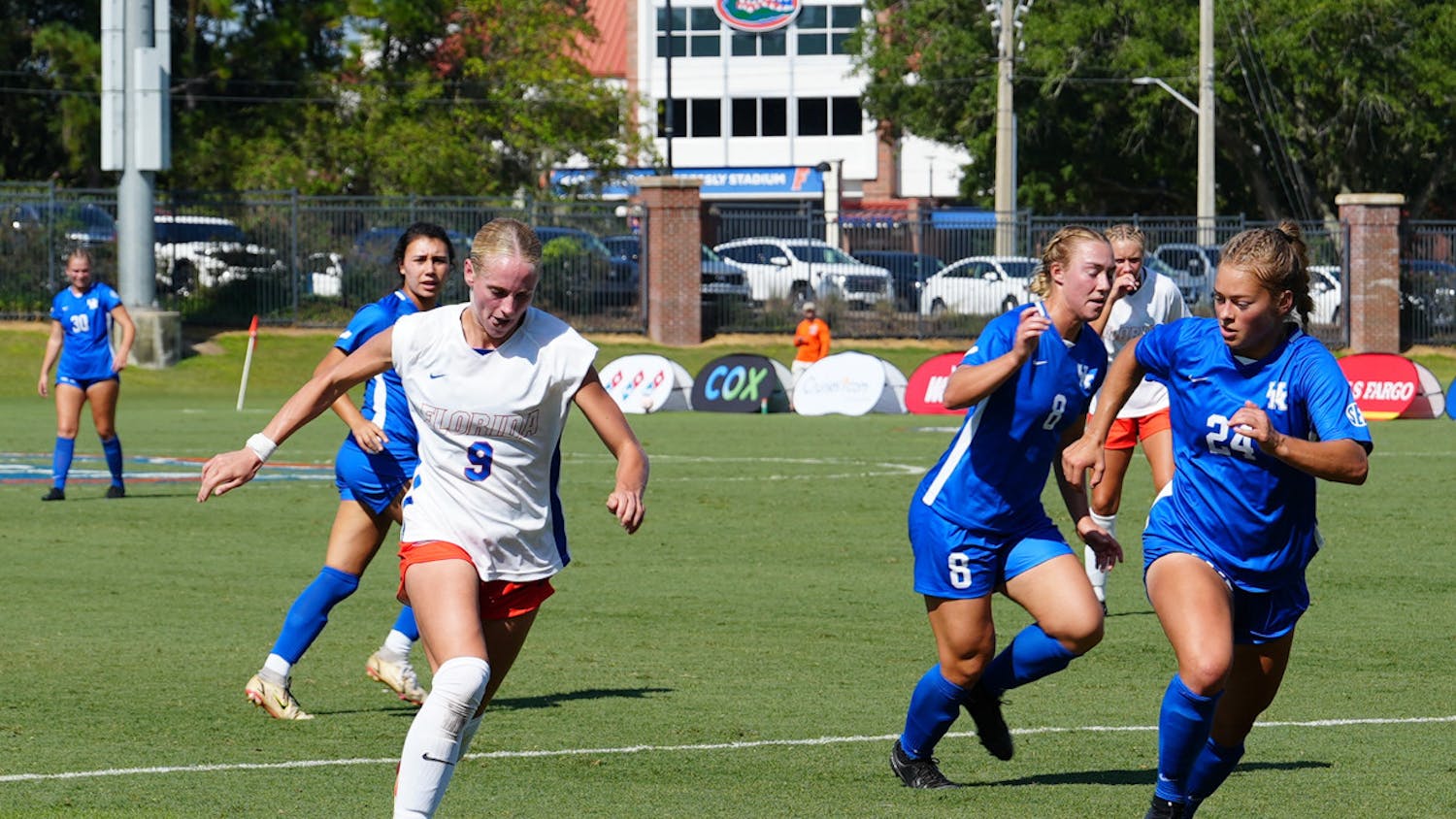A Florida man convicted of a 1992 triple murder in Orange County was executed Thursday evening.
At 6:17 p.m., 59-year-old Curtis Windom was pronounced dead after receiving lethal injection at the Florida State Prison in Raiford, according to senior news correspondent John Koch.
Windom was sentenced to three consecutive death penalties and 22 years in prison after being found guilty on Feb. 7, 1992, for the death of three people and the attempted murder of a fourth.
Windom is now the 11th person executed in Florida in 2025, a record high for the state, which has carried out the most executions of any U.S. state this year.
The crime
During a discussion with Windom on the morning of Feb. 7, 1992, one acquaintance of Windom’s, Jack Luckett, told him that another friend, Johnnie Lee, won $114 at the Greyhound racing track, according to the court documents. Windom said Lee owed him $2,000.
Then-26-year-old Windom told Luckett, “you’re gonna read about me,” according to court documents. At 11:51 a.m., Windom purchased a .38 caliber revolver and 50 bullets at the local Walmart, where he seemed as “calm as can be,” the sales clerk later recalled.
Minutes later, Windom pulled his car up to where Lee was standing on the street with Luckett and two others. Windom shot Lee twice in the back through the passenger side window in broad daylight.
Windom then got out of the car and shot Lee two more times from “very close range” as he lay on the ground, according to the court documents.
Windom then ran to the apartment he shared with Valerie Davis, his on-again, off-again girlfriend and the mother of his daughter, Curtisia. He shot and killed Davis within seconds of arriving as a friend of Davis’s watched.
Windom then left the apartment and shot Kenneth Williams as he stood on the street, seriously wounding him. Court documents do not state whether Williams had any relationship to Windom but indicate he may have been the only victim Windom did not know personally or have a motivation for shooting. Williams survived after a 30-day stay in the hospital.
Williams said he saw the gun but did not think Windom would shoot him. But, he noted that Windom did not look normal, saying his eyes were “bugged out like he had clicked,” according to court documents.
After Windom shot Williams, three men, including Windom’s brother, tried to take the weapon from him but failed.
At this point in time Mary Lubin, Davis’ mother, had just heard her daughter had been shot and was driving to the apartment. Windom saw Lubin’s car stopped at a stop sign near the apartment and fatally shot her twice.
The conviction
Windom, who was charged with three counts of first-degree murder and one count of attempted murder, pleaded not guilty to the charges, causing the case to go to a jury trial that started on May 13, 1992.
The jury reached a guilty verdict in favor of the death penalty on Aug. 28, 1992. Windom’s legal team filed its first appeal Nov. 24, 1992, two weeks after his sentence was handed down. A psychiatric evaluation was administered a few weeks later.
The appeal was ultimately denied, along with all others that followed including the last appeal filed on Aug. 8 of this year.
Gov. Ron DeSantis signed Windom’s death warrant on July 29, the same day Kayle Bates, who was executed on Aug. 19, filed a lawsuit against the governor claiming the death warrant selection process is discriminatory, favoring cases with white victims.
Executive Director of Floridians for Alternatives to the Death Penalty Maria Deliberato said Windom’s death warrant was signed in retaliation to the case as the “victims in this case were three Black people,” she said. “By signing this death warrant, he sort of jumped his statistics.”
A number of emergency stays of execution were filed on Windom’s behalf, but all were denied.
The day of the execution
At 5:07 p.m. on Aug. 28, the first protesters for Windom’s execution exited a large BTM Coach bus, contracted by the Our Lady of Lourdes church located in Daytona Beach. After waiting about 20 minutes for heavy rain to slow, they stepped on to the field across from the state prison.
The church members, including a group of Lourdes Academy students, unloaded tents, lawn chairs, speakers and tarps from the bus and headed to the side of the lawn labeled “opposition.”
Bill Campbell of Marion County, who had been set up since around 4:30 p.m., stood alone with a lawn chair and a speaker on the side of the field labeled “supporters.”
Campbell started demonstrating in favor of the death penalty at executions four months ago after hearing that people come to the prison to protest.
“These protesters are crazy. They come out here supporting a criminal,” he said. “But they do nothing to help people who are victimized by criminals. They do nothing to build a better society.”
Throughout the course of the protest, two people from the opposition walked over to Campbell and talked with him.
One of those people was recent Mississippi College law school graduate Olivia Kowalski, who traveled from Daytona Beach with the church.
Kowalski said she believes the death penalty is “arbitrary at best, and inherently racist at worst,” she said.
“Until we have a uniform system, I don’t understand how anyone could be okay with state-sanctioned murder,” she said.
Deliberato, who shared similar sentiments, worked closely with Curtisia Windom, the daughter Windom shared with Davis, to stop the execution. Curtisia “and everybody else in the family is against this execution, and has been for decades,” Deliberato said.
Curtisia was not present at the jail, as her father did not want her or her four children to witness his death, according to Deliberato.
Deliberato said that meant this execution is “not for these victims, and in fact, we’re creating more of them tonight.”
She read a statement on behalf of the family of Windom and the three victims.
“We have forgiven him,” a member of Floridians for Alternatives to the Death Penalty read. “Rest in peace, Curtis. We love you. We forgive you.”
Following the statement, Windom’s pen pal, David Cheney, gave a tearful speech while holding a sign that said “Curtis Windom is my friend.”
“I will be out here, and I will be brave and stand up and say what is going on is wrong,” he said. “The man that committed, well, the man that was found guilty, so many years ago is not the same person that is being killed by the state today.”
The only other person present at the protest who knew Windom personally was his godbrother Andre Walker, who grew up across the street from Windom’s family who he said basically “adopted” him.
His wife, Sheri Walker, said Andre was there because he always promised Windom he would be there for him “from the cradle to the grave.”
Andre clarified that he supports the death penalty in some cases, but not Windom’s because “if you knew who he was, you [would] know that that was not him,” Andre said. “For 26 years, nobody said nothing bad about [him].”
Windom is the 117th person executed by the state of Florida since the practice was reinstated in 1976, according to the Florida Department of Corrections.
Contact Alexa Ryan at aryan@alligator.org.






